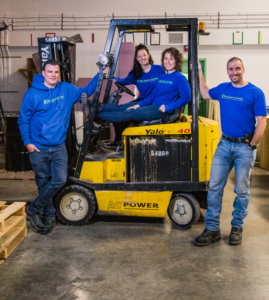Before you start any project, understanding vapor barriers is a must. This ensures that the insulation will be installed correctly. Sadly, that is not always the case.
Many homeowners want to save money, so they install the insulation themselves. Or, they hire licensed professionals who haven’t been educated on the proper installation techniques. But, the biggest mistake we see is people installing a double vapor barrier—installing a covering (usually plastic) over an already existing vapor barrier.
Understanding vapor barriers
“The function of a vapor barrier is to retard the migration of water vapor. Furthermore, vapor barriers are not typically intended to retard the migration of air. That is the function of air barriers.”[1]
Moreover, a vapor barrier is any material used for damp proofing, typically a plastic or foil sheet. Additionally, these sheets resist diffusion of moisture through the wall, floor, ceiling, or roof assemblies of buildings.[2]
What does a vapor barrier do?
Vapor barriers are installed along, in, or around walls, ceilings, and floors. Of course this is done to prevent moisture from spreading and potentially causing water damage. Additionally, a true vapor barrier is one that completely prevents moisture from passing through its material, as measured by the “moisture vapor transmission rate.” If the material has any porousness, but the barrier still provides protection from moisture, it is called a vapor diffusion retarder.[3] Furthermore, vapor retarders also are commonly referred to simply as vapor barriers. The barrier terminology is less accurate because, in most cases, the products don’t completely barricade the vapor.
What can I use as a vapor barrier?
There are a wide number of materials available to create effective vapor barriers, including:
- Elastomeric coatings
- Aluminum foil
- Paper-backed aluminum
- Polyethylene plastic sheet
- Asphalt-coated Kraft paper
- Metallized film
- Vapor retarder paints
- Extruded polystyrene or foil-faced foam board insulation
- Exterior grade plywood
- Sheet-type roofing membranes
- Glass and metal sheets[4]

Where do I need a vapor barrier?
The IRC (International Residential Code) divides North America into eight climate areas. This is done for the purposes of determining when a vapor barrier might be needed in a building. Additionally, the IRC recommends builders install a Class-I or -II vapor barrier on the interior side of homes in climate zones 5 and above, and in the Marine 4 zone. However, if you air condition your house in the summer, you might trap condensation in your roof or walls for part of the year. If this is the case, be sure to use a Class-II vapor barrier on the interior of the wall. Moreover, you can use a Class-III vapor barrier on the interior. Pair that with spray foam insulation on the interior of the wall or roof. Furthermore, when building in hot, humid climates (zones 1 to 3), you should not have a vapor barrier on the interior side of the wall.[5]
Major Problem
Incorrect use of vapor barriers is leading to an increase in moisture-related problems. Vapor barriers were originally intended to prevent assemblies from getting wet. However, they often prevent assemblies from drying. In like manor, vapor barriers installed on the interior of assemblies prevent assemblies from drying inward. This can be a problem in any air-conditioned enclosure, below grade space, or a vapor barrier on the exterior. Additionally, a problem can occur where brick is installed over building paper and vapor permeable sheathing.[6]
Building in a Cold Climate While Adhering to Building Codes
Is a vapor barrier required in New England? Yes! Not to mention that as a builder your first step is to consult your local and state building codes. In many colder North American climates, vapor barriers are a required part of building construction.
You may find that vapor barriers are often not required in warmer climates. And, if installed in the wrong climate or on the wrong side of building materials, a vapor barrier can cause more harm than good. By the same token, this circumstance may prevent water vapor from drying, which in turn can cause rot and mold.[7]
If you don’t know the building requirements for your area, ask an expert!
Double Vapor Barrier – Don’t Do It!
What is a double vapor barrier? The insulation in Photo A was installed by an inexperienced insulation installer. Additionally, the brown paper on the fiberglass is a vapor barrier. By putting poly plastic over everything, the installers created a double vapor barrier. Not to mention that this type of installation creates future moisture, mold, and rot problems. Moreover, in Photo B the cellulose netting is not strapped and it is starting to sag. Furthermore, the staples are ripping out and the ceiling could come down at any time!


In conclusion, if you need insulation, contact us and let us decide what type is best. Let us do the thinking for you!
[1] Building Science (2011). BSD-106: Understanding Vapor Barriers. Retrieved from buildingscience.com.
[2] Wikipedia (2019). Vapor Barrier. Retrieved from en.wikipedia.org.
[3] Energy.gov (2019). Vapor Barriers or Vapor Diffusion Retarders. Retrieved from energy.gov.
[4] Energy.gov. Vapor Barrier
[5] Fine Home Building (2009). How It Works: Vapor Drive. Retrieved from finehomebuilding.com.
[6] Building Science, BSD-106.
[7] IKO Commercial, (2019). An Introduction to Vapour Barriers and Vapour Retarders. Retrieved from iko.com.
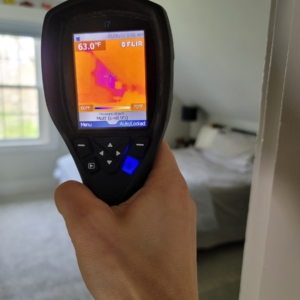
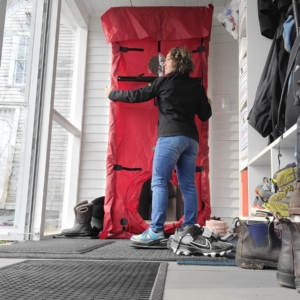

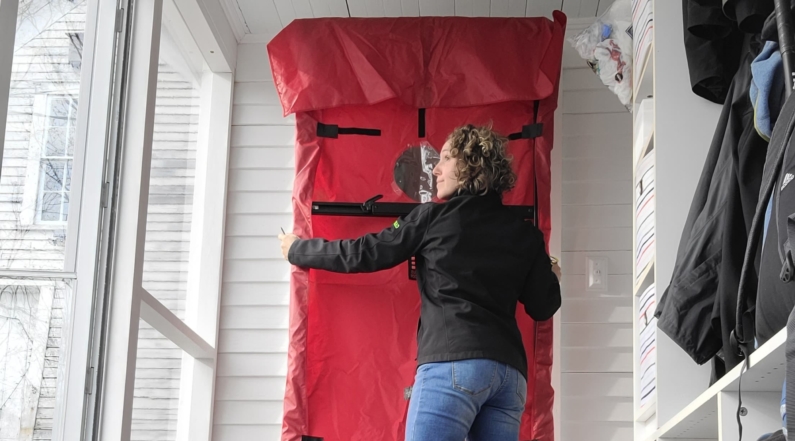

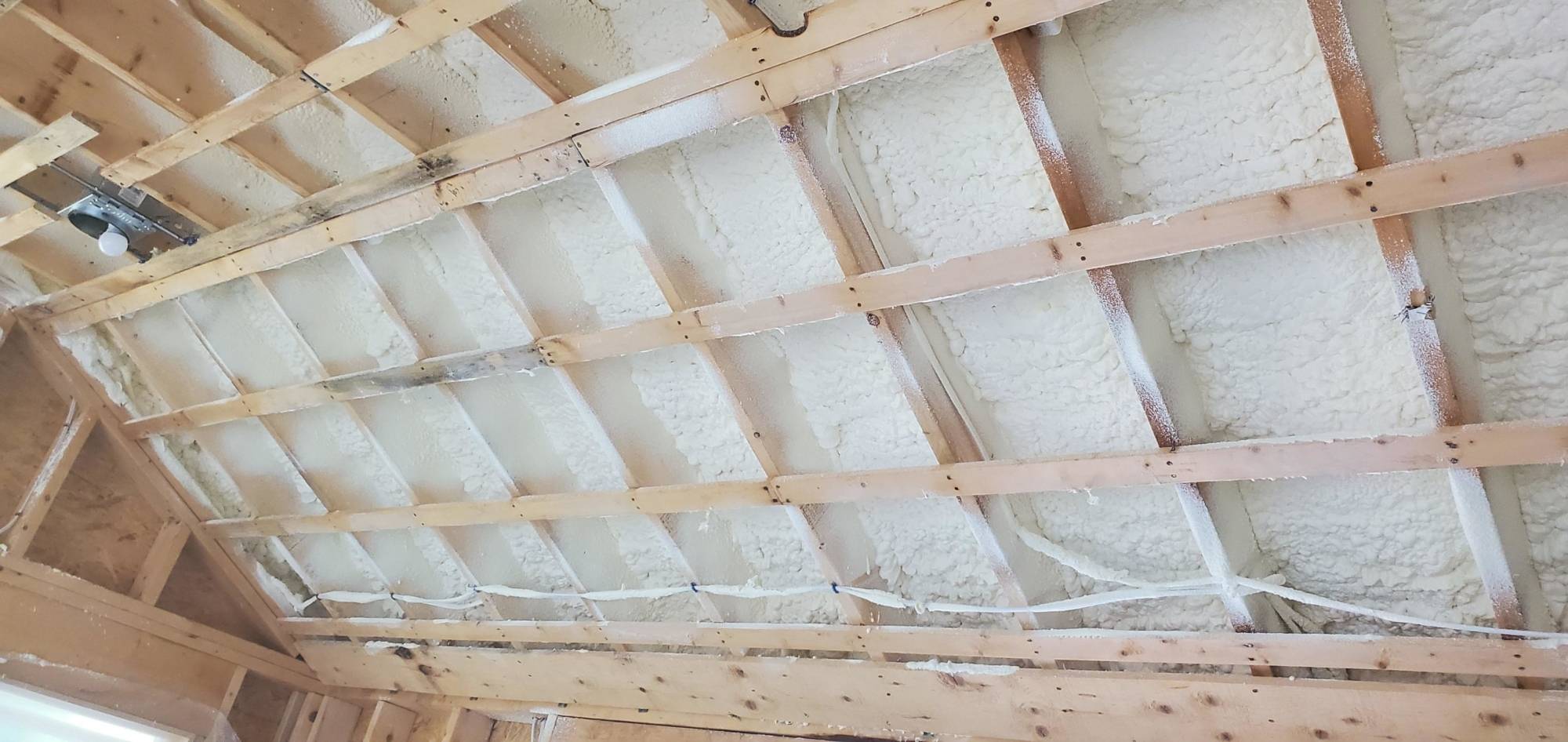

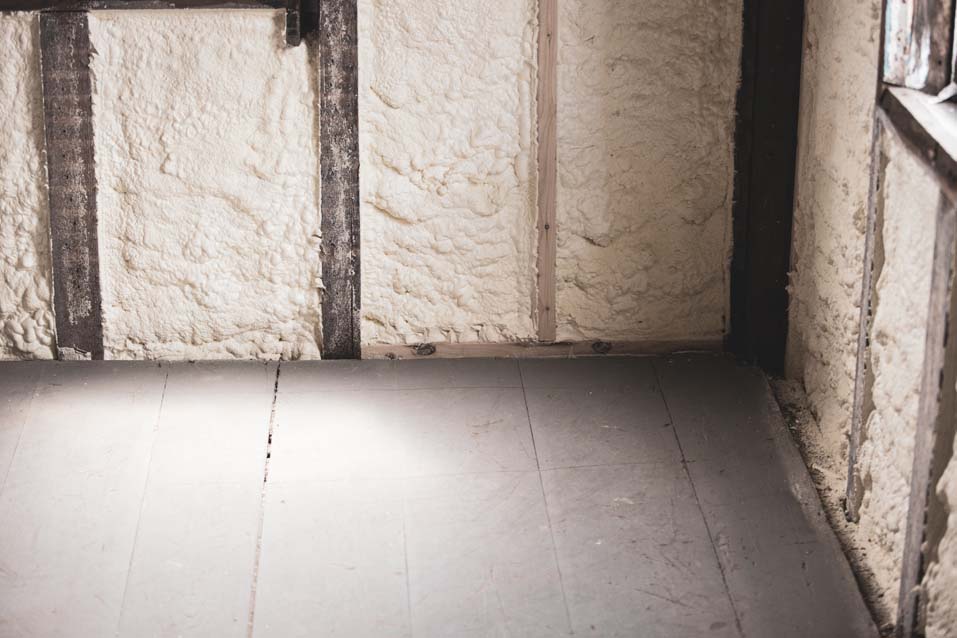
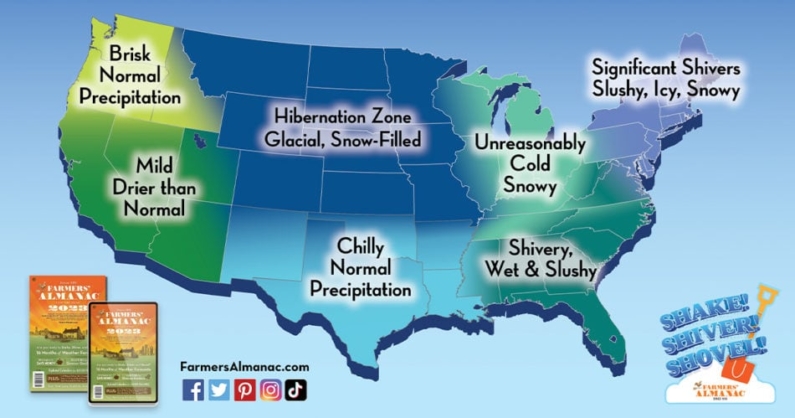
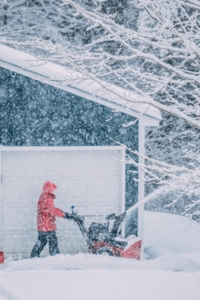 If you live in New Hampshire, you are no stranger to crazy winter weather. According to
If you live in New Hampshire, you are no stranger to crazy winter weather. According to 
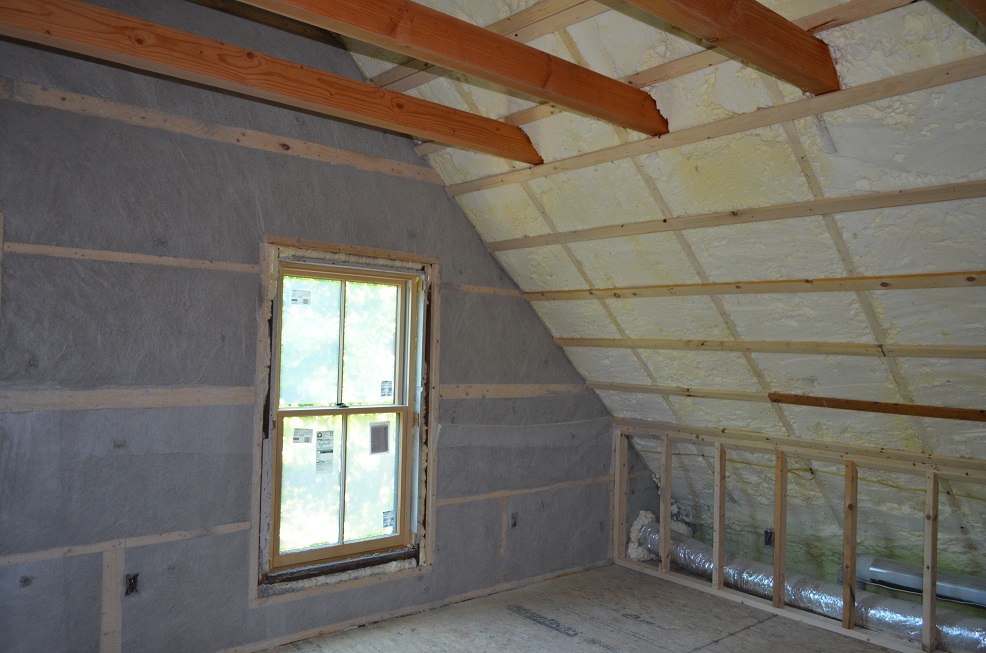
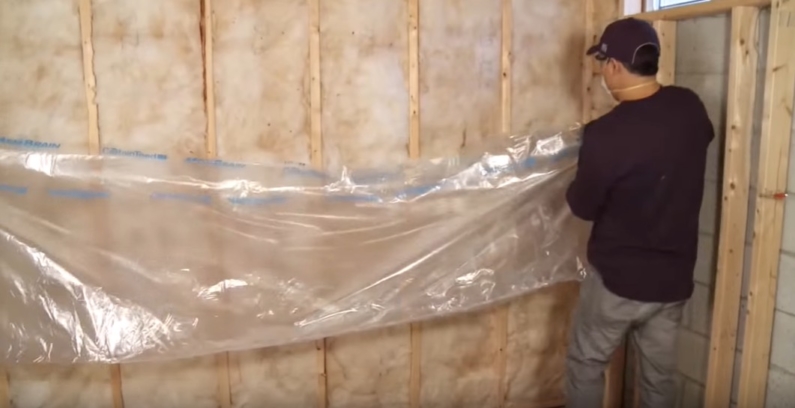
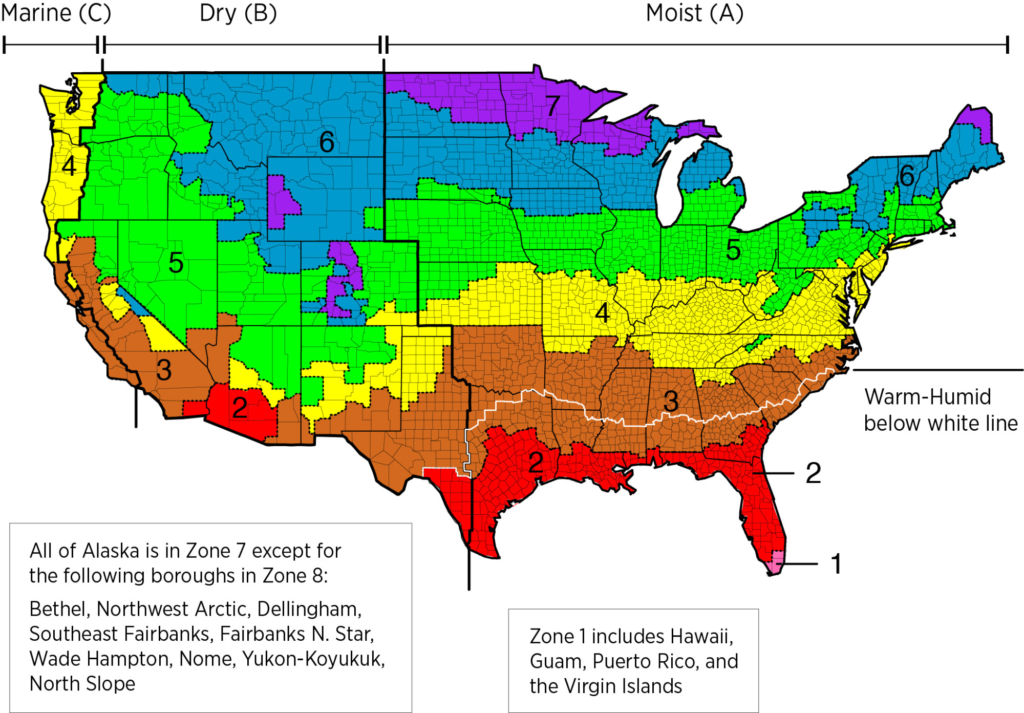
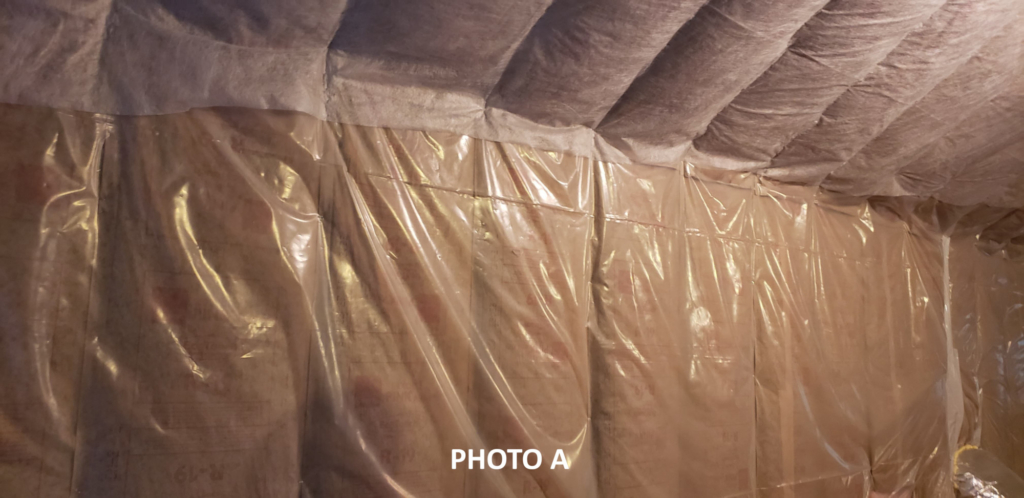
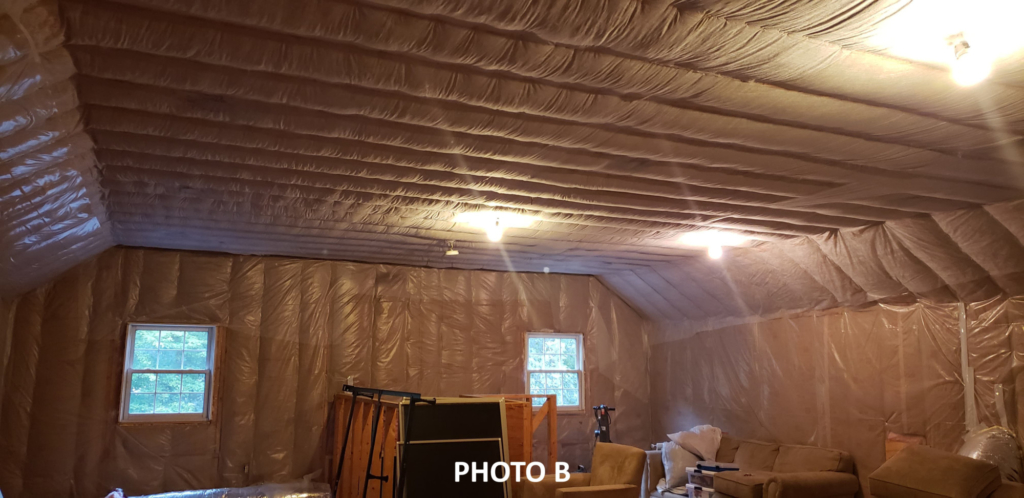

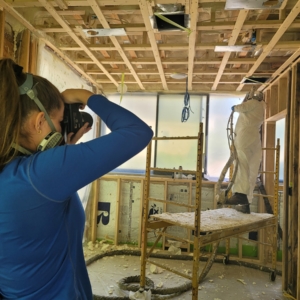 “My favorite piece of this whole experience was the day that I went into Boston,” said Mueller. “VP and Director of Sales Candace Lord and I looked at six jobs. I had the opportunity to look at a job the company was currently working on. It was cool to see the guys in full swing, utilizing their skill in spraying. It gave a whole new perspective to what they do at
“My favorite piece of this whole experience was the day that I went into Boston,” said Mueller. “VP and Director of Sales Candace Lord and I looked at six jobs. I had the opportunity to look at a job the company was currently working on. It was cool to see the guys in full swing, utilizing their skill in spraying. It gave a whole new perspective to what they do at 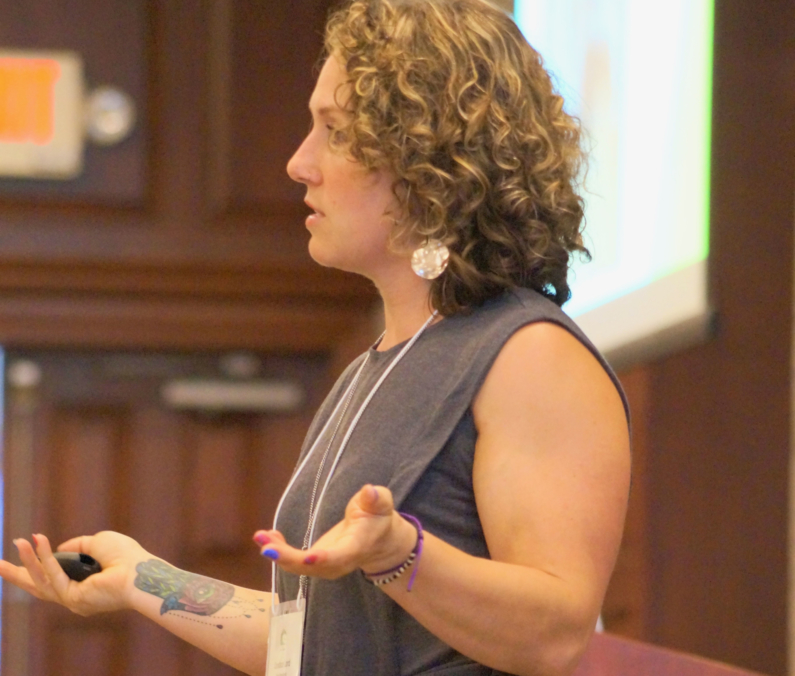
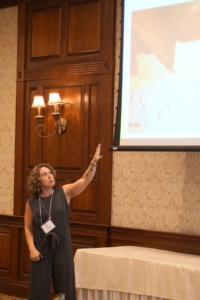


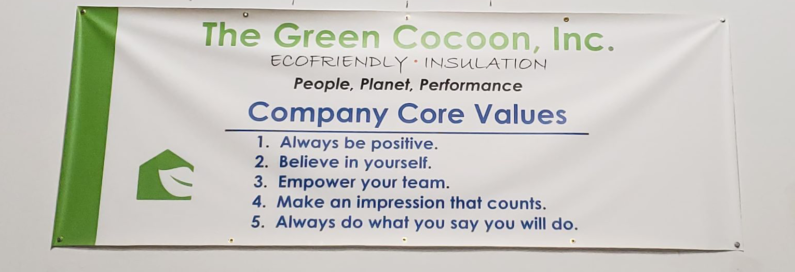
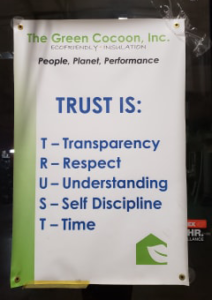 Our current core values represent our identity and reflect who we are and how we want to be recognized both internally and externally. They are the foundation upon which our
Our current core values represent our identity and reflect who we are and how we want to be recognized both internally and externally. They are the foundation upon which our 